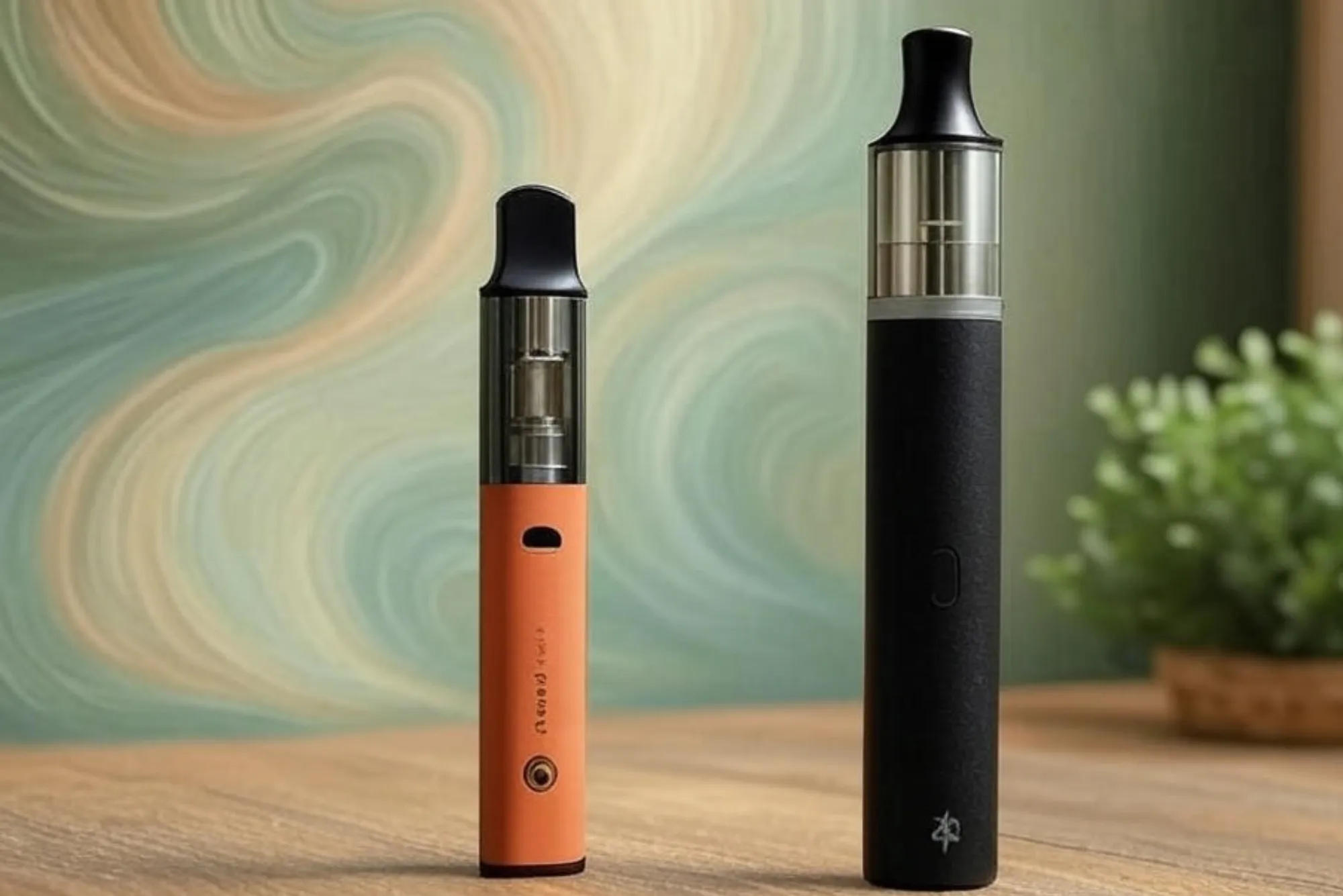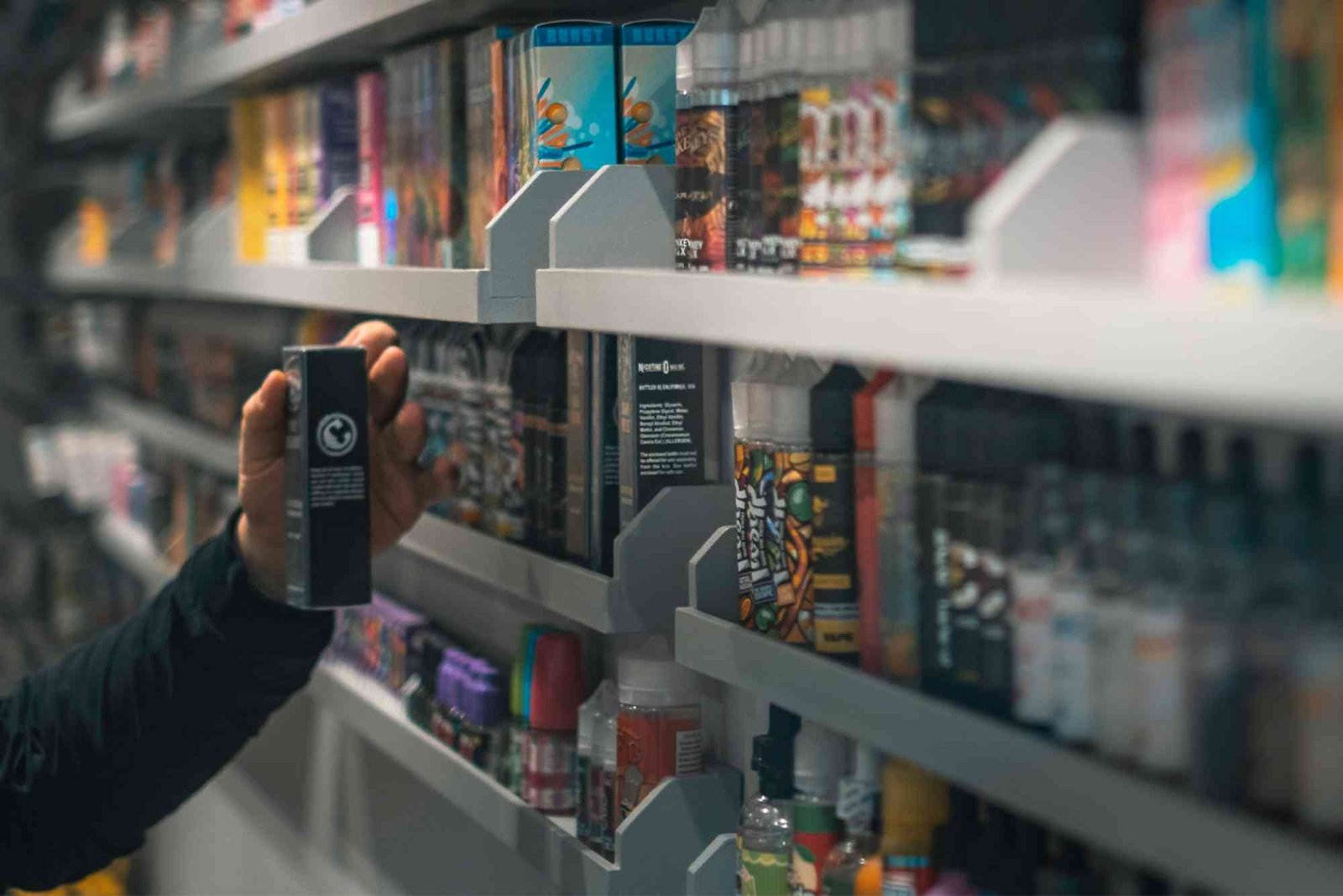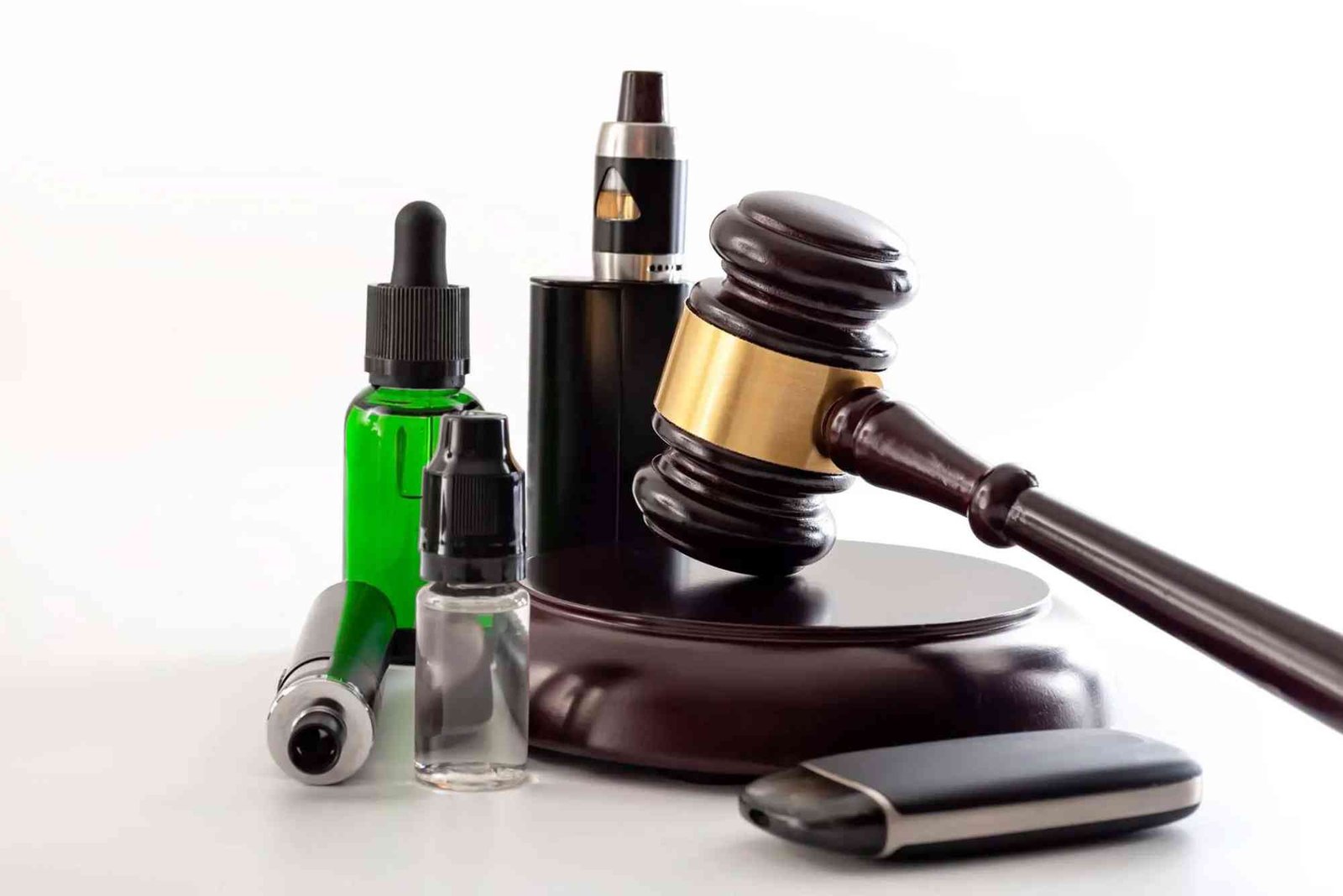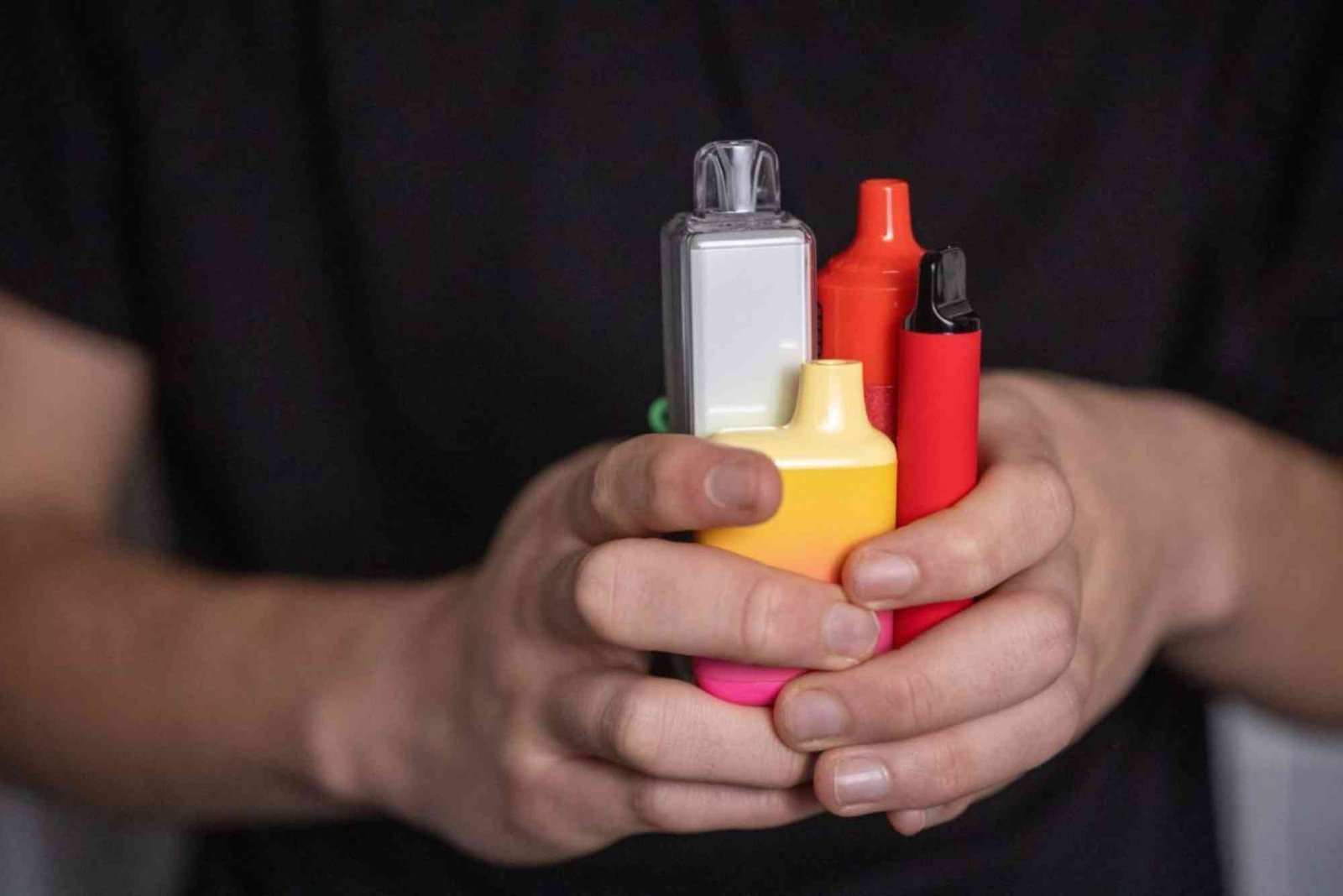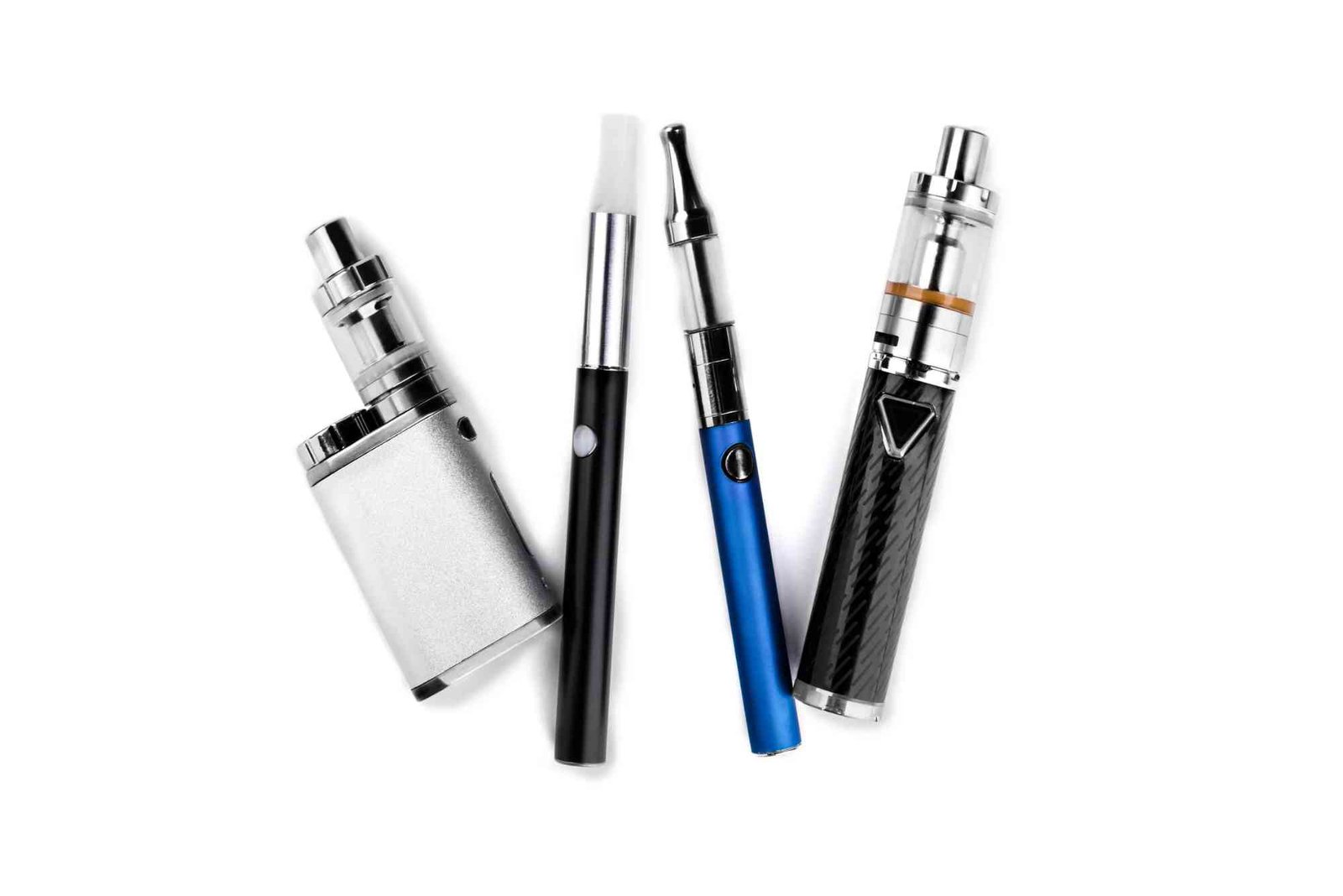How to Clean Your Vape Device Properly
Keeping your vape device clean is one of the simplest yet most important habits you can develop as a vaper. Regular cleaning not only enhances the flavor and performance of your e-cigarette but also extends its lifespan. Over time, residue from e-liquids can build up on coils, tanks, and mouthpieces, affecting everything from vapor quality to your overall vaping experience. Whether you’re a beginner or a seasoned vaper, understanding the proper method for cleaning vape devices will help you get the most out of every puff. In this comprehensive guide, we’ll walk you through everything you need to know about cleaning vape devices properly — from why it matters to how often to clean and the step-by-step process you should follow.
Why Cleaning Your Vape Device Matters
A clean vape is a happy vape. Cleaning your vape device ensures optimal performance, extends the life of your components, and gives you a fresher, more satisfying experience. When coils are clogged with gunk or tanks are coated with residue, the device works harder than it should. This can lead to dry hits, burnt taste, and even malfunction. Furthermore, old e-liquid residue can blend with new flavors, resulting in an unpleasant aftertaste known as “flavor ghosting.” Regular maintenance also helps detect early signs of damage or wear, which can be a safety concern if overlooked.
How Often Should You Clean Your Vape?
The frequency of cleaning depends on how often you vape and the type of device you use. As a general rule, you should clean your vape tank once every 1–2 weeks if you’re a daily vaper. The coil, however, may need to be replaced or dry-burned depending on its condition. If you’re switching e-liquid flavors, it’s best to rinse the tank to prevent flavor mixing. Deep cleaning your entire device, including battery contacts and mouthpieces, should be done once a month to maintain hygiene and performance.
Preparing to Clean Your Vape Device
Before you begin cleaning your vape device, make sure it is turned off and disconnected from any power source. Remove the tank from the battery and disassemble all the parts — including the drip tip, coil, tank glass, and any rubber O-rings. Set each part aside on a clean towel or tray. This ensures you don’t lose any small components in the cleaning process. Avoid using harsh chemicals or abrasive materials, as these can damage the delicate components of your device. Stick with warm water, soft cloths, and, if necessary, isopropyl alcohol for stubborn grime.
Cleaning the Vape Tank
Start by rinsing the vape tank under warm water. This helps remove any leftover e-liquid and basic residue. If the tank is especially dirty, soak it in a bowl of warm water for 10–15 minutes. For more thorough cleaning, you can use a few drops of dish soap in the water, but rinse the tank well afterward to remove all soap traces. Use a soft toothbrush or cotton swab to scrub tight areas gently. Make sure you reach corners and crevices that may trap residue. After cleaning, dry the tank with a paper towel or air dry it completely before reassembling. Moisture inside the tank can cause leaks or interfere with vapor production.
Cleaning the Vape Coil
Coils are trickier to clean and often need to be replaced rather than washed. If you’re using pre-built coil heads, it’s usually better to replace them every one to two weeks. However, if you’re using rebuildable coils (like in an RDA or RTA), you can dry-burn them gently to clean off excess residue. To dry-burn, remove the wick and pulse the fire button a few times until the coil glows red. Let it cool and then use a small brush to remove the carbon buildup. Rinse with warm water if needed, then re-wick once it’s completely dry. Always inspect coils for signs of wear or burning. If they look too dark or misshapen, it’s time to replace them.
Cleaning the Mouthpiece (Drip Tip)
The mouthpiece is where you inhale vapor directly, making it prone to collecting bacteria, dirt, and even lint from your pocket or bag. To clean the drip tip, remove it from the device and rinse it under warm water. Use a cotton swab or a pipe cleaner to reach the inside areas. If there’s any stickiness or buildup, soak it in a mixture of water and mild dish soap for a few minutes before rinsing thoroughly. You can also use rubbing alcohol for a deeper disinfecting clean. Always ensure the mouthpiece is completely dry before attaching it back to the device.
Cleaning Battery Contacts
Dirty or oxidized battery contacts can affect your vape’s performance and even pose safety risks. Use a cotton swab dipped in isopropyl alcohol to gently wipe the battery terminals and contact points. Do not flood the area with liquid—just lightly moisten the swab. Let it dry completely before reassembling. Clean contacts ensure efficient power transfer, smoother operation, and prevent short-circuits.
How to Clean Pod-Based Vape Devices
Pod systems require a slightly different cleaning approach. Most closed pods are disposable, but open pod systems can be cleaned. Remove the pod and rinse the inside gently with warm water. Do not submerge the pod in water if it contains any electronic components. Use a paper towel to pat dry and allow it to air dry fully. If the pod has a fixed coil and is not meant for reuse, replace it instead of cleaning.
Mistakes to Avoid When Cleaning Your Vape
Avoid using boiling water, as it may damage plastic parts. Don’t reassemble your vape device while any parts are still wet, as this can lead to short circuits or poor vapor production. Never use harsh chemicals like bleach, ammonia, or abrasive cleaners that can corrode metal or crack plastic. Lastly, don’t ignore the battery or charger — clean them regularly and inspect for any signs of wear or damage. Always follow your manufacturer’s care instructions, as each device may have specific recommendations.
How Proper Cleaning Improves Performance
Cleaning your vape device isn’t just about hygiene — it directly affects how your device performs. A clean tank ensures purer flavor and better vapor production. Clean coils burn more evenly, reducing the chances of dry hits. Clean battery contacts improve power efficiency, meaning more consistent performance throughout the charge cycle. Ultimately, proper cleaning keeps your vape running like new, extends its lifespan, and makes your overall experience more enjoyable.
Make Cleaning Vape Device a Habit
Cleaning vape devices should be part of your regular maintenance routine. It doesn’t take much time but pays off greatly in device performance, flavor quality, and safety. Make it a weekly or biweekly habit, especially if you’re a heavy user or enjoy switching flavors frequently. A few minutes spent cleaning can save you money on replacements, prevent frustrating malfunctions, and enhance your vaping satisfaction. Start treating your vape like the precision device it is, and it will reward you with top-tier performance for months to come. Ready to enjoy better flavor and longer device life? Start cleaning your vape device today and experience the difference.
FAQs
How do you clean a vape without damaging it?
Use warm water, a soft brush, and isopropyl alcohol for tough spots. Never use boiling water or harsh chemicals. Dry all parts completely before reassembling.
Can I rinse my vape coil with water?
Yes, but only if you plan to let it dry for at least 24 hours. This works better for rebuildable coils. Pre-built coils often need replacing rather than cleaning.
How often should I clean my vape tank?
You should clean your vape tank once every 1–2 weeks. Clean it more often if you change e-liquid flavors frequently.
What happens if I don’t clean my vape?
Not cleaning your vape can lead to flavor ghosting, coil gunk buildup, dry hits, poor vapor quality, and even device malfunction.
Is it safe to use rubbing alcohol to clean my vape?
Yes, but only on non-heated, non-electrical parts like the tank or drip tip. Always rinse thoroughly and dry before use.


